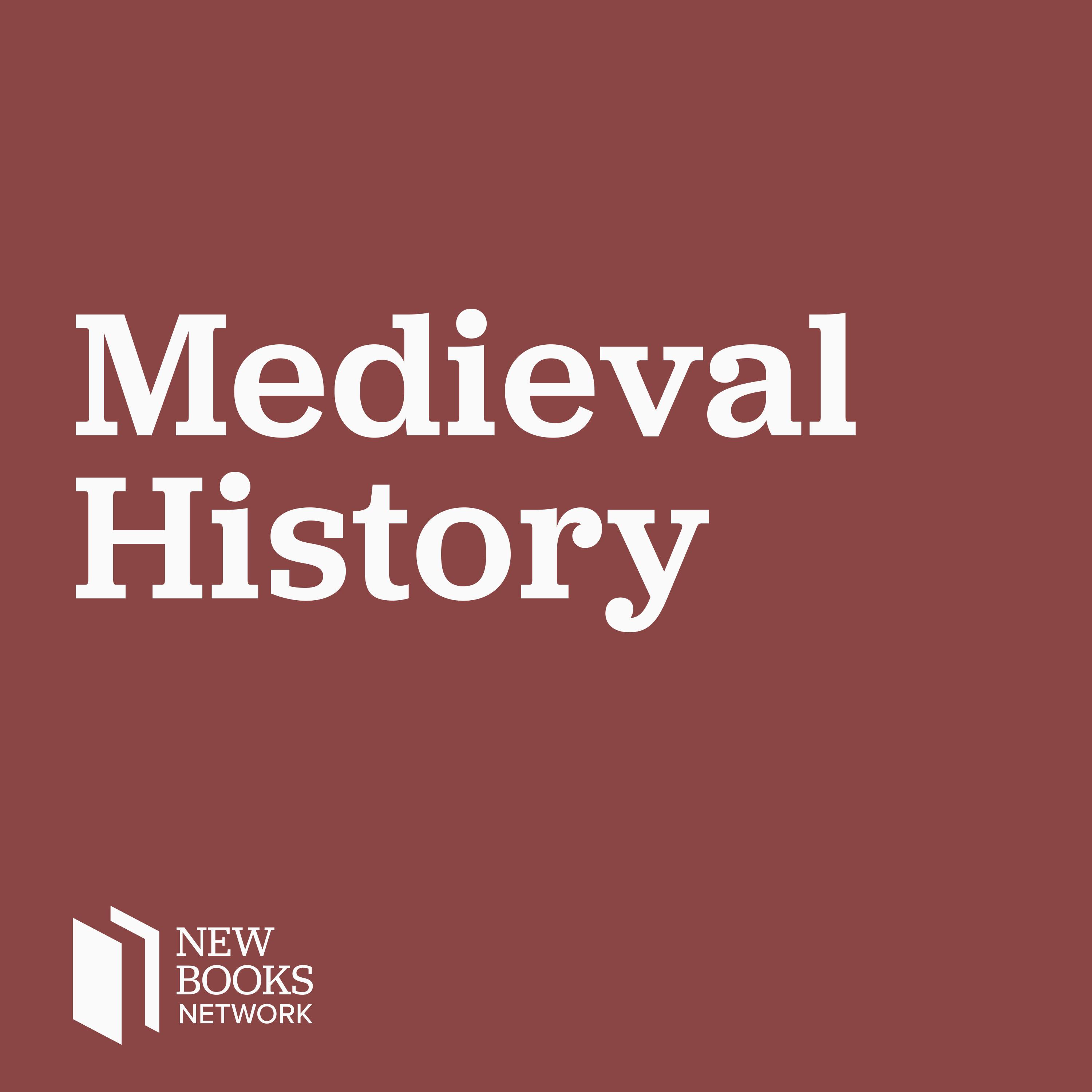Nancy M. Bradbury, "Rival Wisdoms: Reading Proverbs in the Canterbury Tales" (Penn State UP, 2024)
Description
In this elegantly written study Rival Wisdoms: Reading Proverbs in the Canterbury Tales (Penn State University Press, 2024), Dr. Nancy Mason Bradbury situates Chaucer’s last and most ambitious work in the context of a zeal for proverbs that was still rising in his day. Rival Wisdoms demonstrates that for Chaucer’s contemporaries, these tiny embedded microgenres could be potent, disruptive, and sometimes even incendiary.
In order to understand Chaucer’s use of proverbs and their reception by premodern readers, we must set aside post-Romantic prejudices against such sayings as prosaic and unoriginal. The premodern focus on proverbs conditioned the literary culture that produced the Canterbury Tales and helped shape its audience’s reading practices. Aided by Thomas Speght’s notations in his 1602 edition, Dr. Bradbury shows that Chaucer acknowledges the power of the proverb, reflecting on its capacity for harm as well as for good and on its potential to expand and deepen—but also to regulate and constrict—the meanings of stories. Far from banishing proverbs as incompatible with the highest reaches of poetry, Chaucer places them at the center of the liberating interpretive possibilities the Canterbury Tales extends to its readers.
This interview was conducted by Dr. Miranda Melcher whose new book focuses on post-conflict military integration, understanding treaty negotiation and implementation in civil war contexts, with qualitative analysis of the Angolan and Mozambican civil wars.
Learn more about your ad choices. Visit megaphone.fm/adchoices
More Episodes
Published 11/23/24
During the early medieval Islamicate period (800–1400 CE), discourses concerned with music and musicians were wide-ranging and contentious, and expressed in works on music theory and philosophy as well as literature and poetry. But in spite of attempts by influential scholars and political...
Published 11/12/24
Filippo Gianferrari, "Dante's Education: Latin Schoolbooks and Vernacular Poetics" (Oxford UP, 2024)
In fourteenth-century Italy, literacy became accessible to a significantly larger portion of the lay population (allegedly between 60 and 80 percent in Florence) and provided a crucial means for the vernacularization and secularization of learning, and for the democratization of...
Published 11/06/24


